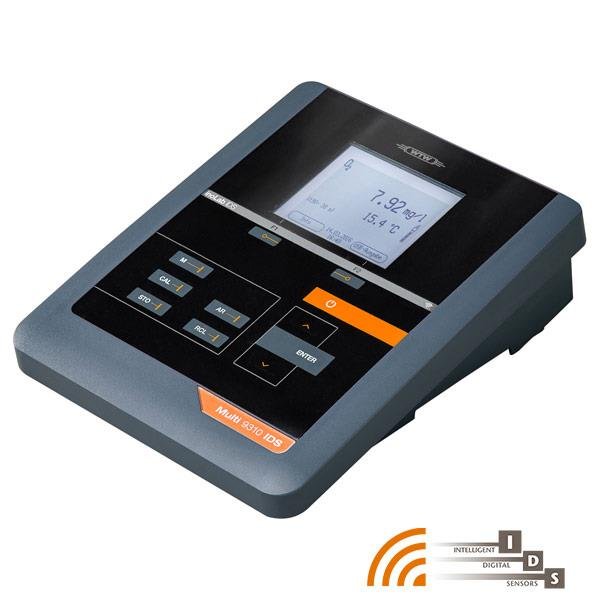WTW IDS TetraCon® 925 Conductivity Cell
Brand: WTW/Xylem
Universal digital conductiviy measurement in aqueous samples
Digital universal measurements in different samples with proven four electrode technology
Proven electrode technology
Automatic transfer of cell constant and temperature compensation
Wide area of application - 1 µS/cm to 2000 mS/c
4-electrode-IDS conductivity cell with graphite electrodes, epoxy shaft, cell constant 0.475 cm–1, waterproof up to 10 bar (IP 68).
Brand: WTW/Xylem
Universal digital conductiviy measurement in aqueous samples
Digital universal measurements in different samples with proven four electrode technology
Proven electrode technology
Automatic transfer of cell constant and temperature compensation
Wide area of application - 1 µS/cm to 2000 mS/c
4-electrode-IDS conductivity cell with graphite electrodes, epoxy shaft, cell constant 0.475 cm–1, waterproof up to 10 bar (IP 68).
Brand: WTW/Xylem
Universal digital conductiviy measurement in aqueous samples
Digital universal measurements in different samples with proven four electrode technology
Proven electrode technology
Automatic transfer of cell constant and temperature compensation
Wide area of application - 1 µS/cm to 2000 mS/c
4-electrode-IDS conductivity cell with graphite electrodes, epoxy shaft, cell constant 0.475 cm–1, waterproof up to 10 bar (IP 68).
Ordering Options
PN 301710 TetraCon® 925: 1.5 m fixed cable with waterproof digital connector
PN 301711 TetraCon® 925-3: 3 m fixed cable with waterproof digital connector
PN 301711 TetraCon® 925-P: plug head for AS/IDS-x cables, MPP 930 or wireless modules IDS WLM-S
Specifications
Conductivity10 µS/cm … 2000 mS/cm
±0.5 % of valueSpec. resistance0.5 Ohm cm ...100 kOhm cm
±0.5 % of value
Salinity0.0 ... 70,0
± 0.5 % of value
TDS0 ... 1999 mg/l, 0.0 ... 199.9 g/l
±0.5 % of value
Temperature0 ... 100.0 °C
±0.2 °C
Related Products
The WTW IDS digital conductivity cell can be used with any of the meters below. Contact us for additional information and prcing.
Lab and Field Water Quality Meters
Multi-parameter portable meter MultiLine® Multi 3630 IDS
Multi-parameter portable meter MultiLine® Multi 3510 IDS
Benchtop Water Quality Meters For The Laboratory.
Conductivity is a measure of the ability of water to pass an electrical current. Because dissolved salts and other inorganic chemicals conduct electrical current, conductivity increases as salinity increases. Organic compounds like oil do not conduct electrical current very well and therefore have a low conductivity when in water. Conductivity is also affected by temperature: the warmer the water, the higher the conductivity.









